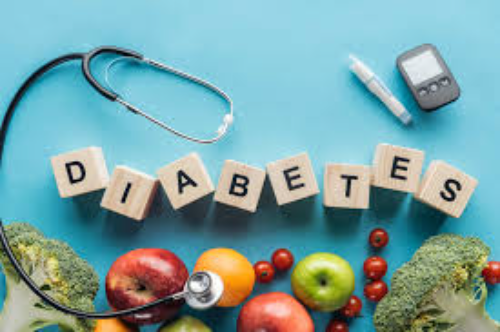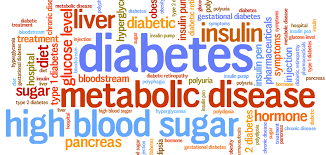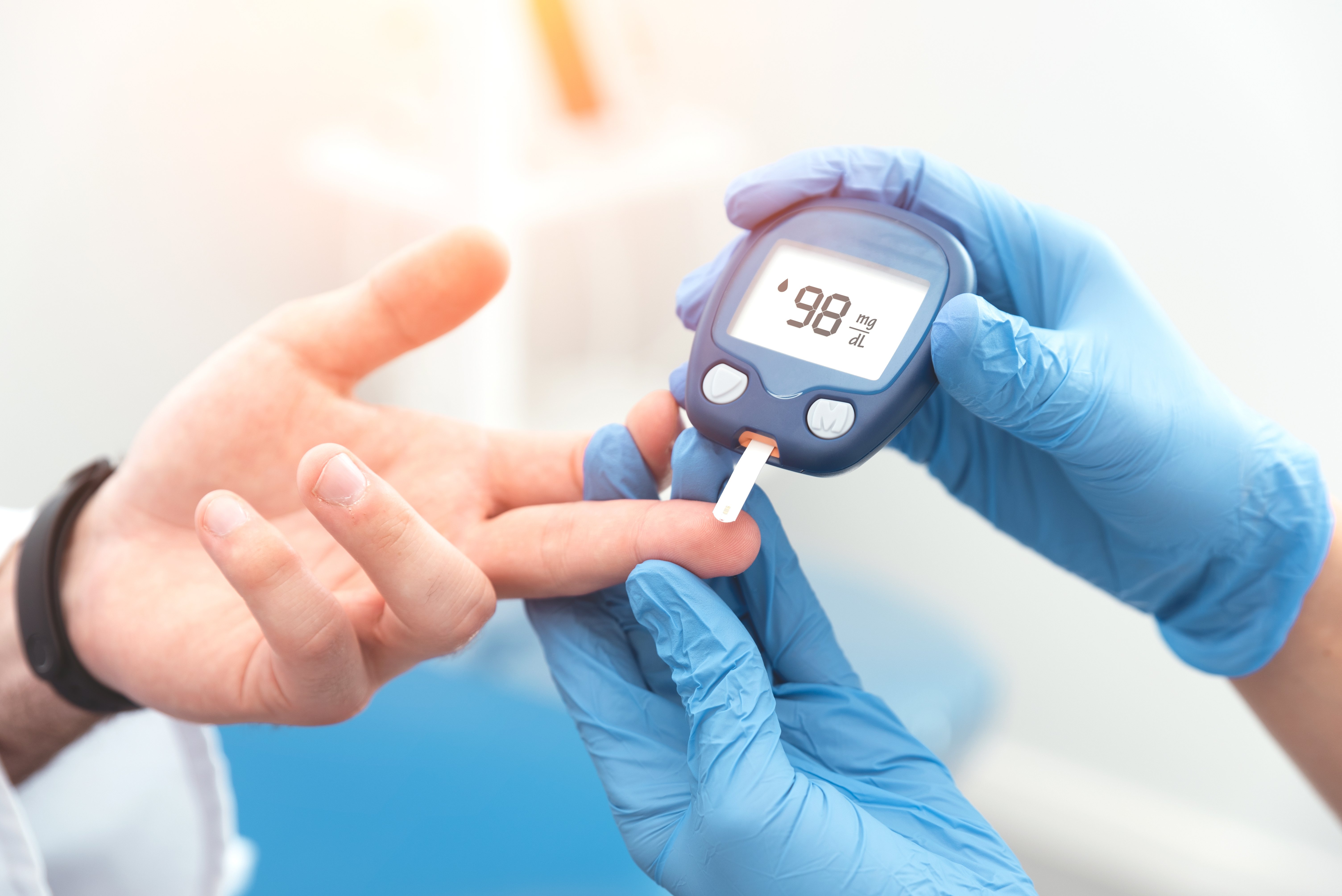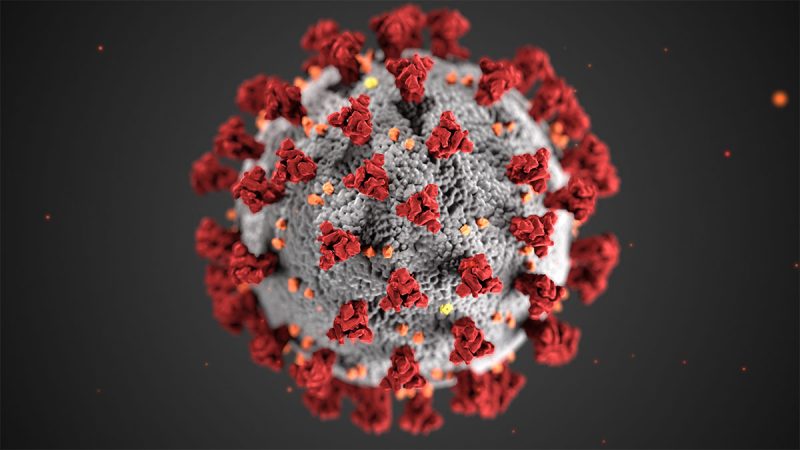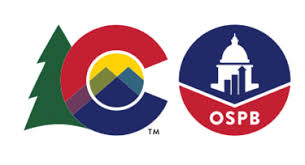Get to Know Me
Curious by Nature, Data by Choice
Welcome! My name is Katherine but I also go by Kath. I am an aspiring data scientist and analyst with a passion for storytelling, learning, and purpose-driven work. I believe that data and empathy are two of the most powerful tools to create meaningful change, especially in fields like healthcare and public health.
Most days, you'll find me working in Jupyter or Colab, turning messy data into clear insights. I enjoy analyzing healthcare data, diving into racing stats, and exploring unfamiliar datasets that spark my curiosity. I use tools like Python, R, SQL, Power BI, and Tableau to clean data, run analysis, build dashboards, and apply machine learning.
I've worked on a range of academic and personal projects, from evidence-based policy analysis at the Colorado Governor's Office to independent explorations of health data and Formula 1 data (yes, I'm a big F1 fan! Stay tuned when the project is complete!). Whether it's mapping patient trends, racing through drivers stats, or diving into something completely new, I value discovering new insights and data-driven stories.
Feel free to poke around and if you have any questions or wish to reach out, let's connect!






